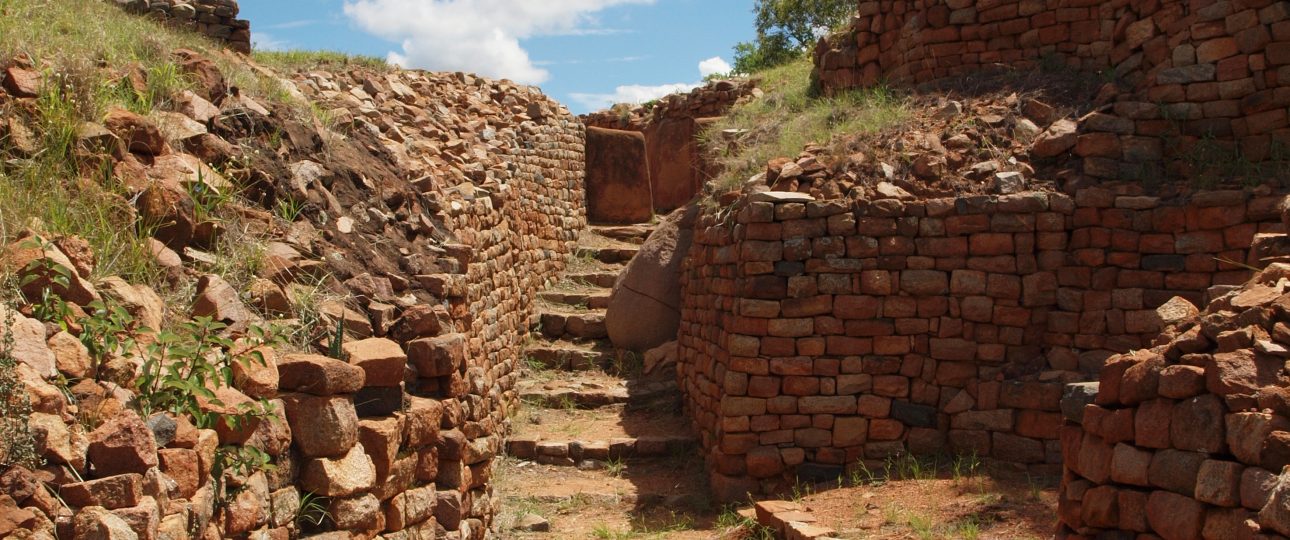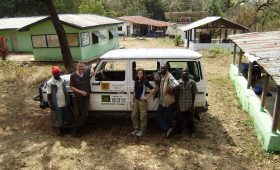Exploring the Khami Ruins in Zimbabwe
History and Significance
The Khami Ruins, located about 22 kilometers west of Bulawayo, Zimbabwe, were once the capital of the Torwa dynasty. This site flourished from around 1450 until the late 17th century, marking a significant period in Zimbabwe’s history. The ruins are a UNESCO World Heritage Site, showcasing the architectural innovation of the Khami people, who adapted their building techniques to the local environment.
Unlike the structures at Great Zimbabwe, Khami’s builders used laminar granite and dolerite to create retaining walls rather than free-standing ones. These walls, built without mortar, were designed to withstand the region’s challenges, such as malaria and heat. The royal family occupied the elevated platforms, which provided cooler living conditions and protection from malaria.
Architectural Features
The Khami Ruins are renowned for their intricate stonework and unique architectural style. The site consists of seven built-up areas for the royal family, with open areas for commoners. The Hill Complex, the most prominent feature, includes terraces decorated with checkerboard, herringbone, and cord patterns. These terraces were constructed with large stone blocks, some requiring four people to lift.
Visitors can explore the remnants of dhaka (clay) huts and courtyards, as well as cattle kraals and platforms believed to have been used for various purposes. The ruins also include a Christian cross, likely placed by a missionary during the site’s later history.
Wildlife and Birdwatching
The Khami River Basin, where the ruins are located, provides a habitat for a variety of bird species. Birdwatchers can spot the African fish eagle, purple-crested turaco, and malachite kingfisher among others. The dry season, from May to October, is particularly favorable for birdwatching, as it coincides with the breeding season for many species.
Visiting Tips
The best time to visit the Khami Ruins is during the dry season, from May to October, when the weather is mild and the site is easier to navigate. The wet season, from November to April, can make the area muddy and slippery, so appropriate footwear and rain gear are recommended if visiting during this time.
Guided tours are available and highly recommended for a deeper understanding of the site’s history and architecture. Knowledgeable guides can provide insights into the significance of various structures and the cultural context of the ruins.
Getting There
To reach the Khami Ruins, fly into Bulawayo International Airport, which is serviced by several domestic and international airlines. From the airport, you can hire a taxi or rent a car for the short drive to the site. Alternatively, Bulawayo is accessible by road from other major cities in Zimbabwe, such as Harare and Victoria Falls, with travel times ranging from 4 to 5 hours depending on road conditions.
Exploring the Site
Once at the Khami Ruins, the best way to explore is on foot. The site covers a vast area, and walking allows you to appreciate the intricate details and hidden corners of the ruins. Wear comfortable shoes and bring plenty of water, as the Zimbabwean sun can be intense.
For those interested in a more structured experience, local guides can be hired at the entrance. They offer valuable insights and ensure you don’t miss any important features. Group tours are also available, often including transportation to and from the ruins.
Summary of Key Points
- Khami Ruins was the capital of the Torwa dynasty from around 1450 to the late 17th century.
- The site features retaining walls built without mortar using laminar granite and dolerite.
- Visitors can explore the Hill Complex, dhaka huts, cattle kraals, and a Christian cross.
- The ruins are a UNESCO World Heritage Site.
- Khami River Basin is home to diverse bird species, making it ideal for birdwatching.
- Guided tours are available to enhance the visitor experience.
- The best time to visit is during the dry season (May-October).
- Khami Ruins is located 22 kilometers west of Bulawayo, Zimbabwe.
- Bulawayo International Airport is the nearest airport.
- Exploration within the ruins is primarily on foot, with guided tours available.




